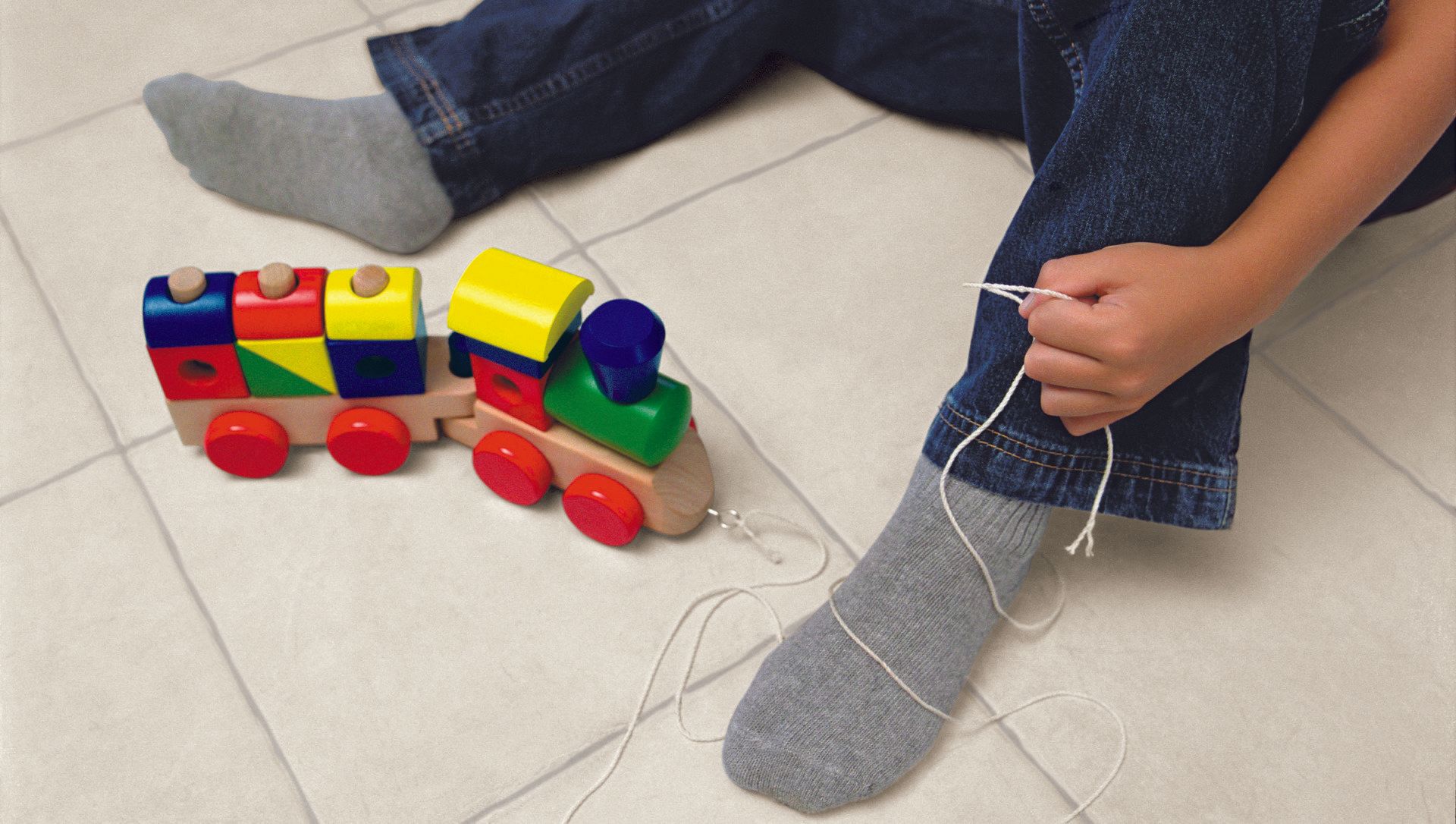Featured
Table of Contents
Choosing the Right Tile Flooring: Style, Longevity, and Low Maintenance!
Tile flooring is a classic and flexible option that works beautifully in various spaces, from kitchens to bathrooms. It combines design, durability, and easy upkeep to create a solution that suits nearly every style of home. Given the wide selection of tiles available, it's important to know how to select the best one based on design, durability, and maintenance needs. carpet interiors.
How to Choose a Stylish Tile for Your Home

Tile flooring comes in a wide variety of styles, colors, textures, and finishes, allowing you to create a space that perfectly matches your design vision (lemont flooring). From classic ceramic tiles to more contemporary porcelain and natural stone, you have many options to choose from
Ceramic tiles offer an extensive variety of styles and are priced competitively. Available in almost every color, texture, and pattern, they are well-suited for a wide range of rooms, especially modern spaces like kitchens and bathrooms. lemont flooring.
Porcelain tiles are a more durable variation of ceramic tiles. They are denser and stronger, making them perfect for high-traffic areas and moisture-prone rooms like bathrooms (crestwood flooring). These tiles can replicate the look of other materials like wood, stone, or marble, making them a stylish and functional option.

Natural stone tiles, such as marble and granite, add elegance and sophistication to any room. These tiles have natural variations in color and texture, offering a unique and luxurious look. However, they often require more maintenance, including sealing, to prevent stains.
Mosaic tiles feature small, often intricate designs that add a creative and personal touch to any space. They're commonly used for backsplashes or as accent walls, providing an opportunity to showcase your style. Keep in mind that installation can be more complex.
Tile Durability: Making the Right Choice

One of the major advantages of tile flooring is its durability. luxury vinyl. Tile is naturally resistant to wear and tear, making it ideal for high-traffic areas like kitchens, hallways, and entryways. However, not all tiles are created equal, and some are better suited for specific areas of the home
Porcelain Tiles are known for their toughness and resistance to moisture, making them the best option for wet areas such as bathrooms, showers, and laundry rooms. They are less prone to scratching, staining, or fading, even in high-traffic spaces.
Ceramic tiles are a popular, durable option but tend to be softer than porcelain. crestwood flooring. This makes them more vulnerable to scratching or chipping but still ideal for spaces like living rooms or bedrooms.
Simple Ways to Care for Your Tile Flooring
Tile flooring is easy to maintain, making it a popular choice for homeowners who want a low-maintenance option. carpet interiors. However, the level of care required can vary depending on the type of tile you choose
Both porcelain and ceramic tiles are simple to clean (tile). Regular sweeping or mopping will keep them looking fresh, and for more stubborn stains, a mild cleaner should suffice.
Natural stone tiles, like marble or granite, require regular sealing to protect them from moisture and stains. Always use a gentle, pH-balanced cleaner to keep the stone looking its best (carpet interiors).
Grout between tiles should be cleaned regularly and sealed to prevent staining and dirt buildup. This simple step will help keep the entire floor looking its best.
Concluding Tips for Tile Flooring Selection
When choosing tile flooring, balancing design, durability, and ease of care is essential for a long-lasting, beautiful floor that suits your lifestyle (lemont flooring). Whether you opt for the sleek, modern look of porcelain, the timeless appeal of ceramic, or the luxury of natural stone, there's a tile option for every taste and need. Once installed, tile flooring is incredibly durable and low-maintenance, ensuring it stands the test of time. Take the time to explore your options and select a tile that complements your space and enhances your home’s overall aesthetic. To explore a wide variety of tile options, visit Flooring Orland Park today
Latest Posts
How to Spot and Address Common Roofing Issues Before They Escalate
Replacing Garage Doors: Signs It’s Time for an Upgrade
How Gutters Protect Your Home's Foundation